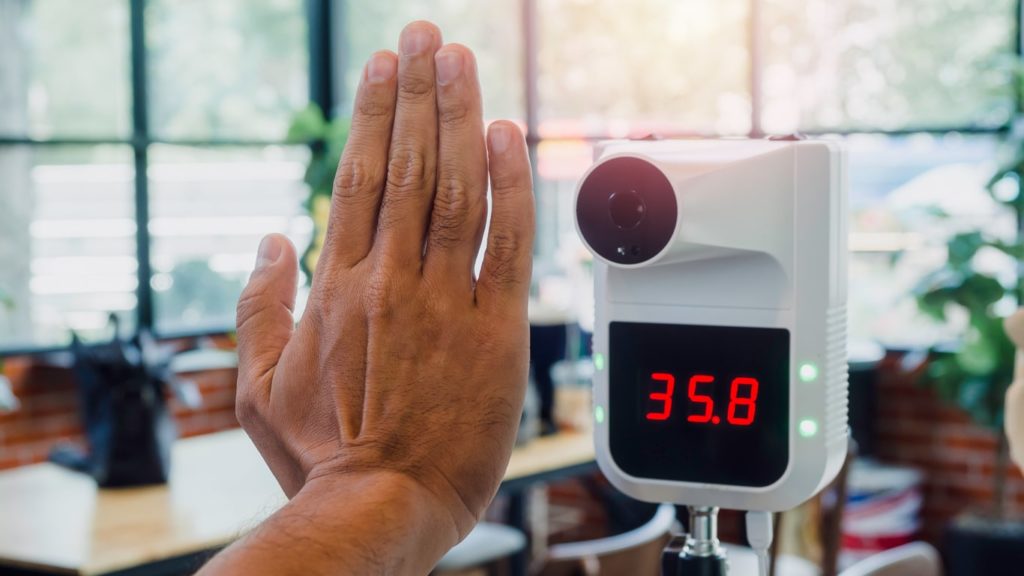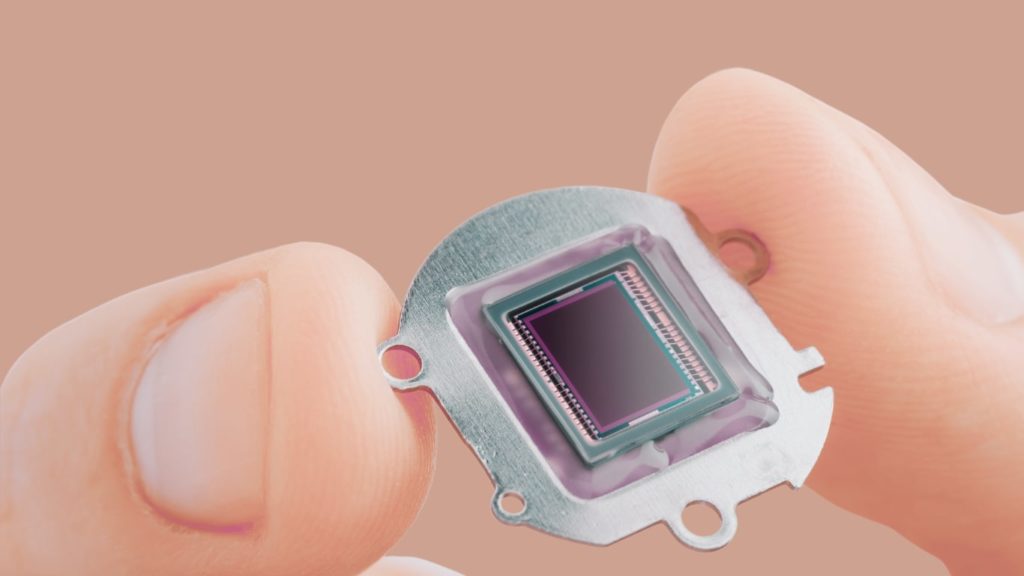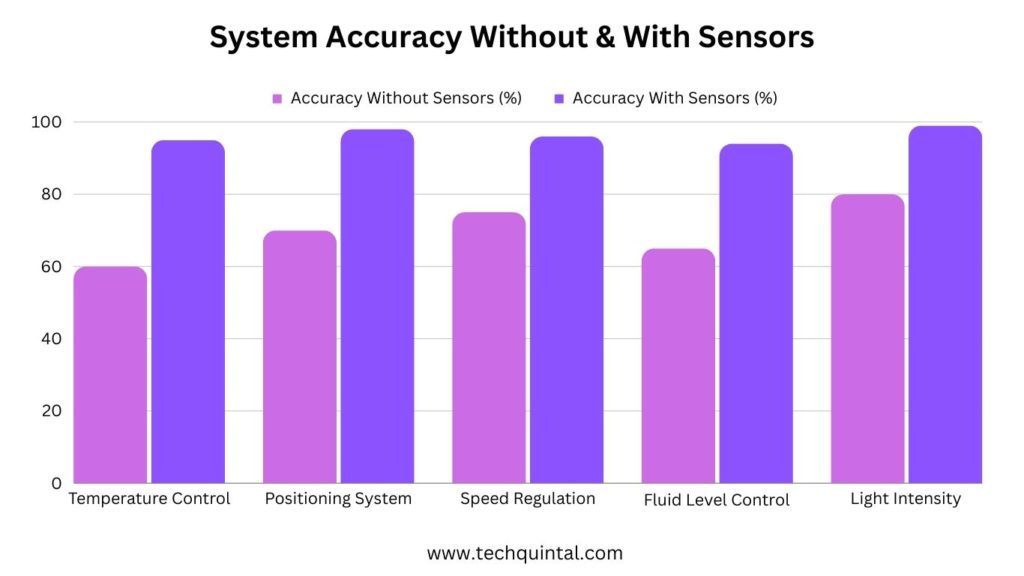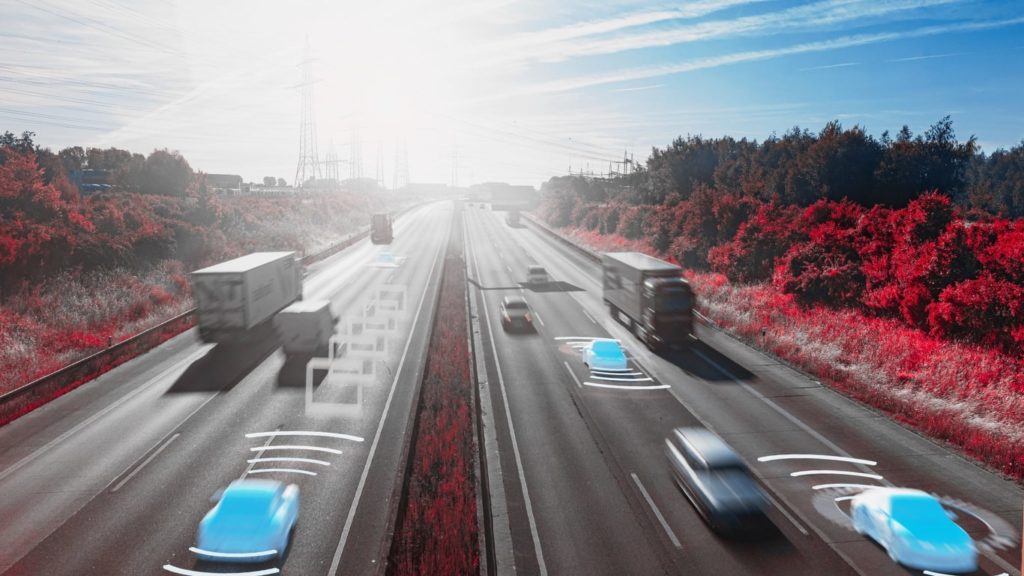
We live in an ever-changing world, where the requirements keep on changing. We have different systems installed to simplify our lives, but they must be controlled. Considering the dynamic nature of our surroundings, using manual control is out of the question. Therefore, we need a better alternative, which is sensors in this case. Sensor technologies measure physical properties and convert them into data for interpretation.
Broadly speaking, sensors are classified into two types – exteroceptive and proprioceptive.
Exteroceptive sensors are concerned with measuring the environment, whereas proprioceptive sensors measure values internal to the system. Having covered the brief overview of sensor technology, let us now explore its definition, examples, and application.
Sensor technology definition
The use of sensors to detect physical, biological, or chemical properties and convert them into readable signals to acquire information is referred to as sensor technology.

This is to say, this type of technology detects or measures the properties of the environment or the changes to it. Sensor technology brings innovation, hence it is widely adopted by various sectors. In the health sector, this technology is used for monitoring body chemistry and measuring blood glucose levels. It is utilized in the textile industry to develop fabrics that can control body temperature. Lastly, it is used in the automotive industry to improve safety.
Examples of sensor technology
Now that we have understood the definition of sensor technology, it’s time we check its innovative examples across different sectors. The following are the examples of sensor technology:
Healthcare
Sensor technology is not only used for medical equipment but can also be planted onto, or inserted into, the patient’s body. Some devices using sensor technology in healthcare are ventilators, blood analyzers, and kidney dialysis machines.
Electrocardiography, electroencephalography, and electromyography sensors are examples of sensor technology used within or on the bodies of patients. Moreover, wristband devices utilize sensor technology to keep track of users’ physical activities and provide health and wellness recommendations.
Furthermore, sensors implemented in healthcare are not only implantable and wearable but also digestible. Digestible sensors help in providing personalized care to patients. Along with this, we can use sensor technology to monitor hygiene compliance. To sum up, sensor technology in healthcare improves the quality of care and life.
Agriculture
Sensor technology is deployed in agriculture to maximize the yield while using resources optimally. That way, it generates more profits, conserves resources, and reduces environmental impacts. The location sensors use signals from Global Positioning System (GPS) satellites for farm planning, soil sampling, and guiding tractors.
Then there are various sensors such as airflow for measuring soil air permeability and optical for measuring soil properties. Overall, sensors in agriculture lower energy consumption while promoting the efficient use of resources.
Industrial
The industrial sector uses sensor technology for multiple purposes, including measuring temperature, pressure, and proximity between objects. Temperature measurement and control are crucial in industries. Therefore, sensor technology is used in various industrial processes.
Pressure sensor allows industries to operate reliably, for instance. This results in safer outcomes for workers and the environment. The proximity sensor eliminates the need to touch the object. Instead, it senses their presence to initiate specific actions. By allowing industries to measure processes, sensors help improve quality while reducing costs.
Environment
Sensor technology helps in protecting the environment in various ways. Firstly, sensors, both static and mobile, can be used to measure the quality of air. That way, this kind of technology helps identify polluted areas, aiding the development of ways to combat air pollution. Secondly, it detects illegal deforestation. Sensors notify the authorities in real-time, preventing illegal logging.
Alongside this, sensor technology is implemented in the supply chain, which helps reduce wastage. Lastly, it is used in waste management, where it sends an alert once the garbage reaches its threshold.
Traditionally, managing waste was a time-consuming process, incurring high costs as well as requiring more human efforts. Sensor technologies simplify the process of managing waste. They measure the fill level using ultrasonic technology, thus avoiding spillage, and eventually keeping the surroundings clean.
Applications of sensor technology
Sensor technology has vast applications across various sectors. Let us look at some notable implementations. The following are the applications of sensor technology:
Sensors improve system accuracy
Sensor technologies oversee the environment around the clock. They collect accurate data necessary for making informed decisions, eliminating human error. Likewise, accurate data can be analyzed to study trends and derive insights.

Plus, it supports measuring various metrics, eventually giving a bigger picture of the situation at hand. Also, data is stored by the sensors, which can be easily displayed as and when required.
It monitors in real-time
Sensor technology observes data in real-time. Take the flight control system, for example, where sensor technologies collect information that is then sent for processing. Sensors are also used for controlling speed, detecting obstacles, monitoring height, measuring fuel levels, and many other purposes.
Real-time monitoring sensor technology improves safety significantly. It sends alerts in time so that workers can take preventive measures, therefore reducing workplace accidents. Additionally, it detects the signs of failure in machinery so that it can be repaired before it comes to a halt. That way, businesses can make use of the valuable data obtained from sensors to improve their operations.
Shrinks energy consumption
Sensory technology lowers energy consumption by controlling its usage based on occupancy. Lighting is turned on or off based on the presence or absence of people.
Generally, the sensor technology used here can be either passive infrared or ultrasonic. The passive infrared sensor measures heat emitted by the occupants, whereas the ultrasonic one detects movements. This is to say that sensor technology is an efficient way of saving energy.
Reduces a variety of operating costs
Sensor technology can minimize operational costs remarkably. It gives accurate data that helps users intervene before something becomes a real problem. A small corrective measure taken at the right time avoids bigger difficulties.
For instance, leak-detecting sensors are used to identify spillage in time to avoid catastrophe. Along with reducing costs, sensor technology increases uptime. For businesses, the increased uptime works in favor as it generates more profit.
What’s New in Sensor Technology?

These are a few innovations observed in sensor technology as given below:
The Rise of IoT enabled sensors
We are all aware of the rising popularity of IoT devices. But today, we are also becoming more aware of the demand for sensor-laden IoT devices that can offer a lot more. These devices can use the sensors to monitor and collect crucial data, using the data to ensure that the user remains informed. As such, sensor-enabled IoT devices excel at security, privacy and even increasing the efficiency of daily tasks.
Smart Sensors
Then we have smart sensors, another key innovation that is here to shape our future. These sensors can be leveraged to increase the data analysis ability of devices, reduce latency, and help with real-time decision-making. Such sensors are already being used in autonomous vehicles. On the other hand, these sensors can be used to monitor temperature, humidity, air quality, and so on.
Wearable Sensors
Wearable technology has also experienced a sharp increase in popularity, and with it comes a demand for relevant sensors that can make them more efficient in what they do, mostly sensors related to healthcare monitoring and fitness tracking. Such sensors are used to monitor your sleep patterns, heath rate, body temperature, and overall physical activity.
AI-enabled sensors
As we gain more information in the AI world, we also see newer and better applications of the technology. One such example is AI-based sensors that can change the way we analyze and monitor data. AI-enabled sensors are capable of real-time decision-making and action, making them more proactive than anything else.
Biometric Sensors
And lastly, we have biometric sensors that have become popular over the years. Most of us have already used fingerprint scanners on our smartphones. However, soon, the application of this technology will not be limited to unlocking your devices. It can be an effective method to handle financial transactions by providing identification, authenticating an action, and much more.